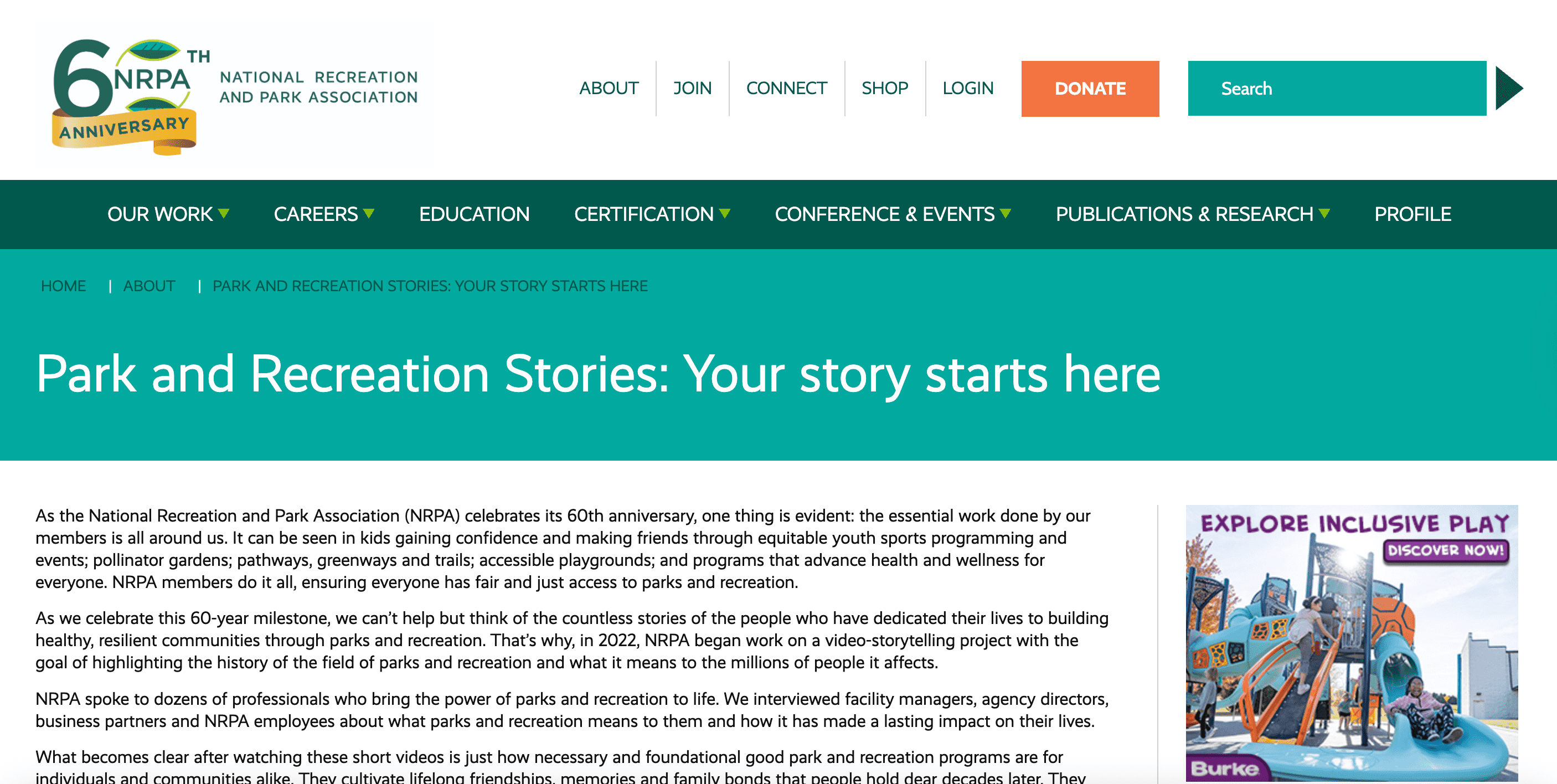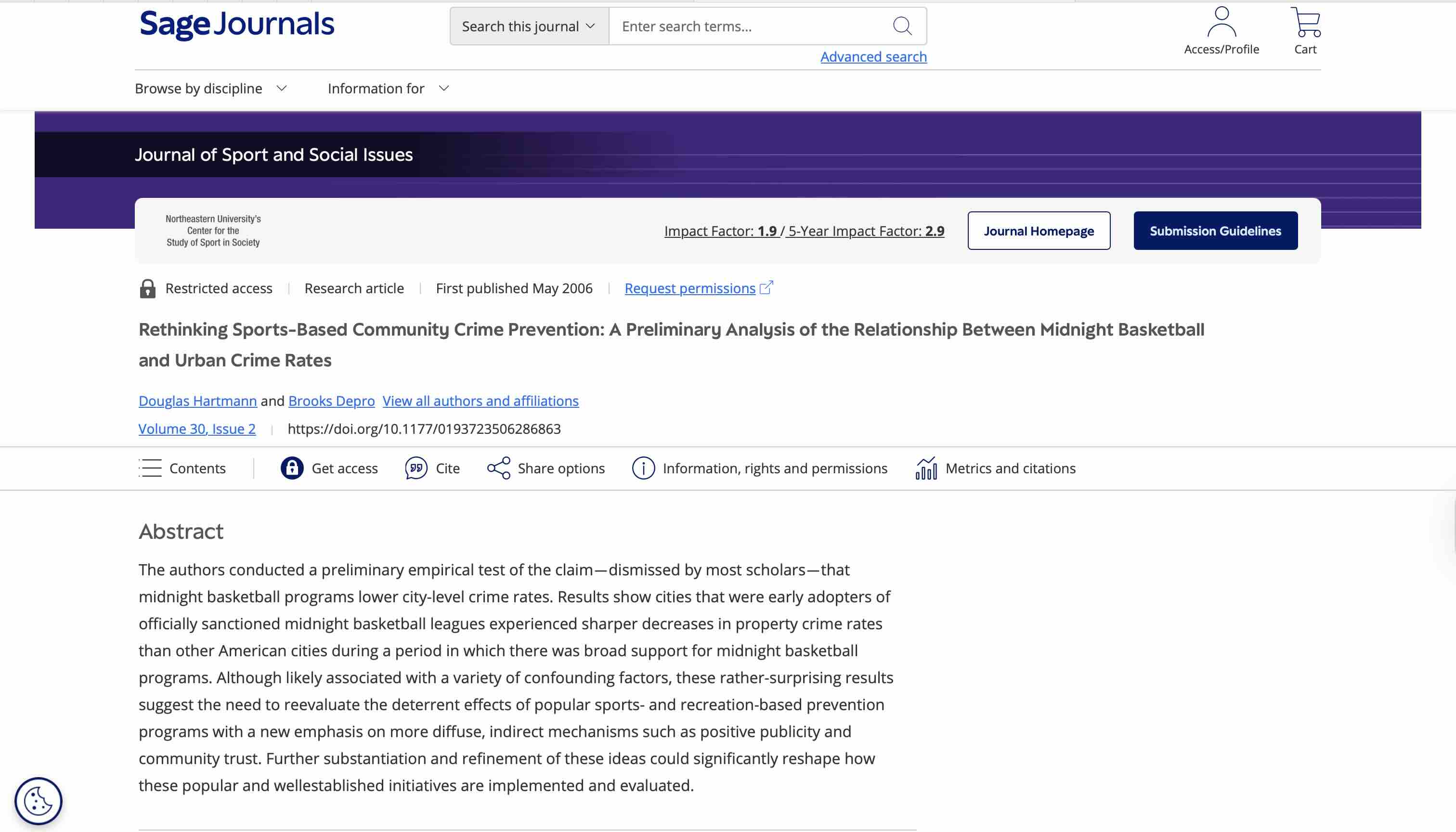Urban Communities
“Urban” communities can be defined in different ways, but generally, an urban area is a region surrounding a city. Urban communities have drawn and continue to attract many people—cities provide many benefits to residents, including proximity to work, recreational activities, access to health care, and public transportation. However, there are health problems associated with living in urban communities, including higher rates of poor nutrition, pollution-related health conditions and communicable diseases, poor sanitation and housing conditions, and related health conditions. Urbanization is also linked to high rates of depression, anxiety, and mental ill health. All of these have direct impacts on quality of life and strain public health systems and resources. More than 300 metropolitan areas in America have a population above 100,000.
As cities grow and thrive, urban populations have access to more resources and better health care, but at the same time, health disparities are often more stark in urban areas. Lower-income, non-white residents of dense and diverse urban neighborhoods are disproportionately affected. People of lower socioeconomic status are disproportionately placed at a disadvantage to absorb negative impacts from urbanization; for instance, places where poor residents live often fall outside city compliance for safety. Unemployment and underemployment are typically higher for the urban poor, and many face not only low wages, but also a lack of social insurance and unsafe working conditions.
Cities can bolster residents’ financial security, which will foster capital flow and lead residents to spur economic growth and improve overall living standards. Strategies to increase equitable well-being in urban areas include: eradicating poverty through promoting development and job creation, fostering social inclusion and non-discrimination, expanding affordable housing and health care, promoting healthy environments and more green space, and reducing air pollution. Ensuring residents have clean drinking water, sanitation, drainage, paved roads and paths, solid waste collection is important. Collaborative planning involves urban planners, policymakers, healthcare professionals, community organizations, and residents in efforts to improve urban communities and population health. Taking a Health In All Policies (HiAP) approach and engaging in joint decision-making ensures that urban development projects consider health impacts and prioritize community well-being.
Resources & Tools
In Common Newsletter: How to Use Data Frameworks to Move Quickly from Data Exploration to Community Action
Resource
Brought to you by Community Commons
Published on 01/25/2024
Kitsap County Transportation Improvement Program Project
Resource - Assessment
Brought to you by Health Impact Project
Mid-South Regional Greenprint and Sustainability Plan
Resource - Assessment
Brought to you by Health Impact Project
Published on 05/31/2014
Walkability and Urban Built Environments—A Systematic Review of Health Impact Assessments (HIA)
Resource - Journal Article
Brought to you by BMC
Evaluation of Landfill and Waste-to-Energy Options for Managing Municipal Solid Waste
Resource - Assessment
Brought to you by Health Impact Project
Published on 06/30/2017
Health Lens Analysis of Urban Agriculture Policy
Resource - Report
Brought to you by Metropolitan Area Planning Council
North Avenue Corridor in Burlington, Vermont
Resource - Assessment
Brought to you by Health Impact Project
Published on 05/31/2014
Globeville and Elyria Swansea Neighborhood Plan HIA
Resource - Assessment
Brought to you by Health Impact Project
Published on 01/01/2014
South Thornton Revitalization Subarea Plan
Resource - Assessment
Brought to you by Health Impact Project
Ensuring Equity in Transportation and Land Use Decisions to Promote Health and Well-Being in Metropolitan Areas
Resource - Policy Brief
Brought to you by APHA
Baltimore Red Line
Resource - Assessment
Brought to you by Health Impact Project
Published on 01/02/2008
Spokane Downtown Plan Update: Pedestrian Strategy
Resource - Assessment
Brought to you by Health Impact Project
Alcohol Outlet Density in the Greenbush-Vilas Neighborhood, Madison, Wisconsin
Resource - Assessment
Brought to you by Health Impact Project
Metro Westside Subway Extension (Wilshire Corridor)
Resource - Assessment
Brought to you by Health Impact Project
Published on 01/01/2012
SE 122nd Ave Pilot Project/East Portland
Resource - Assessment
Brought to you by Health Impact Project
San Diego Bus Rapid Transit Station
Resource - Assessment
Brought to you by Health Impact Project
Published on 12/31/2012
Portland to Lake Oswego Transit Project
Resource - Assessment
Brought to you by Health Impact Project
Public Transportation in the U.S.: A Driver Of Health and Equity
Resource - Policy Brief
Brought to you by Health Affairs
Hartford Neighborhood Revitalization and Sustainability Plan
Resource - Assessment
Brought to you by Health Impact Project
Interpersonal Violence in the Lives of Urban American Indian and Alaska Native Women: Implications for Health, Mental Health, and Help-Seeking
Resource - Journal Article
Brought to you by APHA
Savannah's Tide to Town Urban Trail System
Resource - Assessment
Brought to you by Health Impact Project
Smart Growth Guidelines for Sustainable Design and Development
Resource - Guide/handbook
Brought to you by EPA
Rural America Lost Population Over the Past Decade for the First Time in History
Resource - Policy Brief
Public Transportation Is a Human Right
Story - Written
Brought to you by Jacobin
Published on 07/03/2020
How Struggling Dayton, Ohio, Reveals the Chasm Among American Cities
Story - Written
Brought to you by ProPublica
City Life Is Too Lonely. Urban Planning Can Help.
Story - Written
Brought to you by Bloomberg L.P.
Published on 12/14/2023
Indicators of Rurality: How Should we Define “Rural” and “Urban” Communities?
Story - Written
Brought to you by IP3
Data & Metrics
Related Topics






















































 Original
Original












